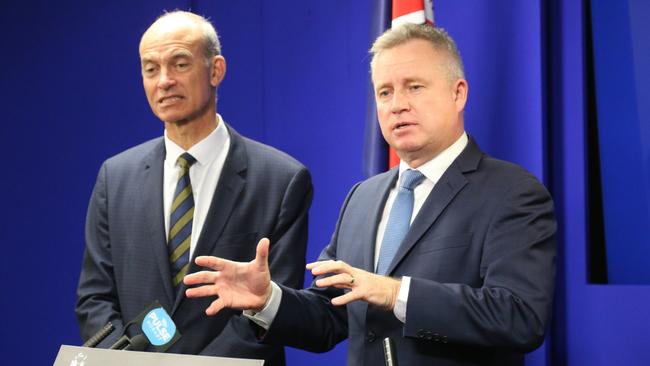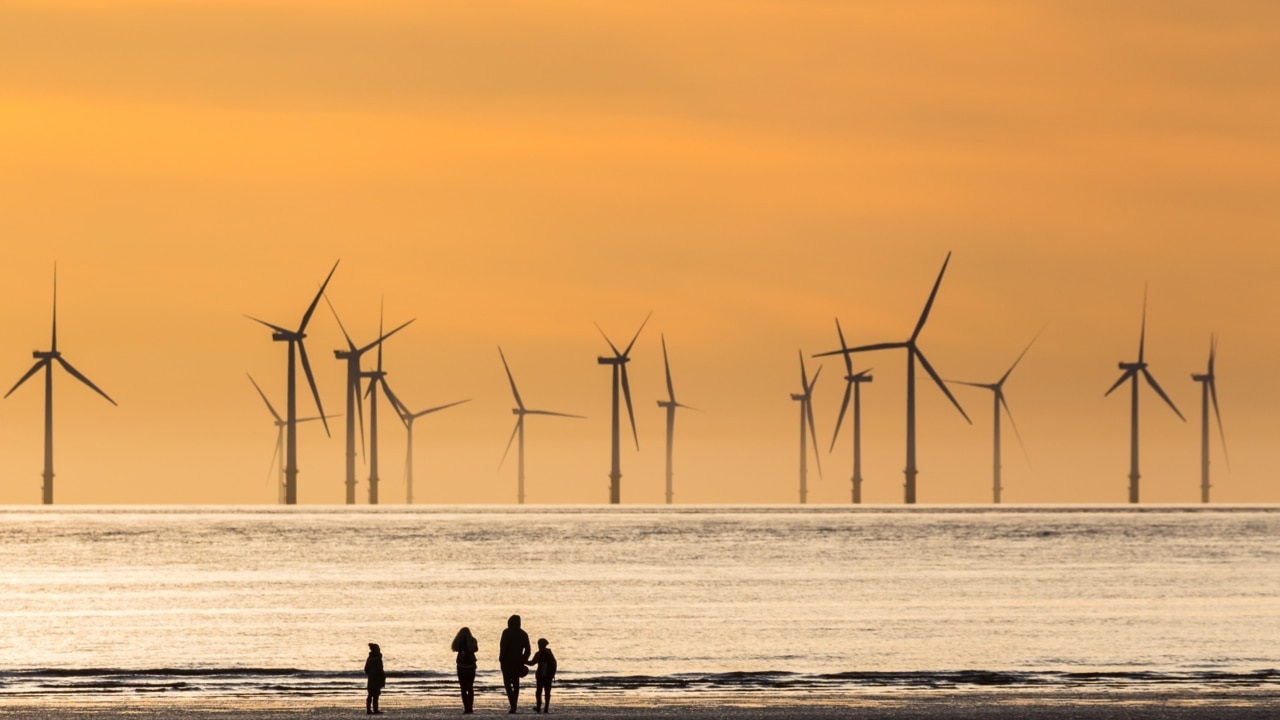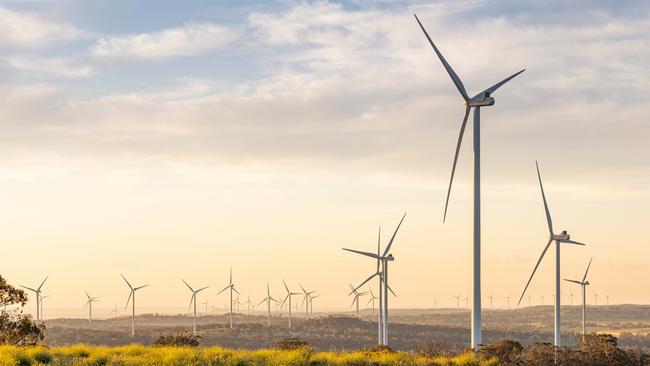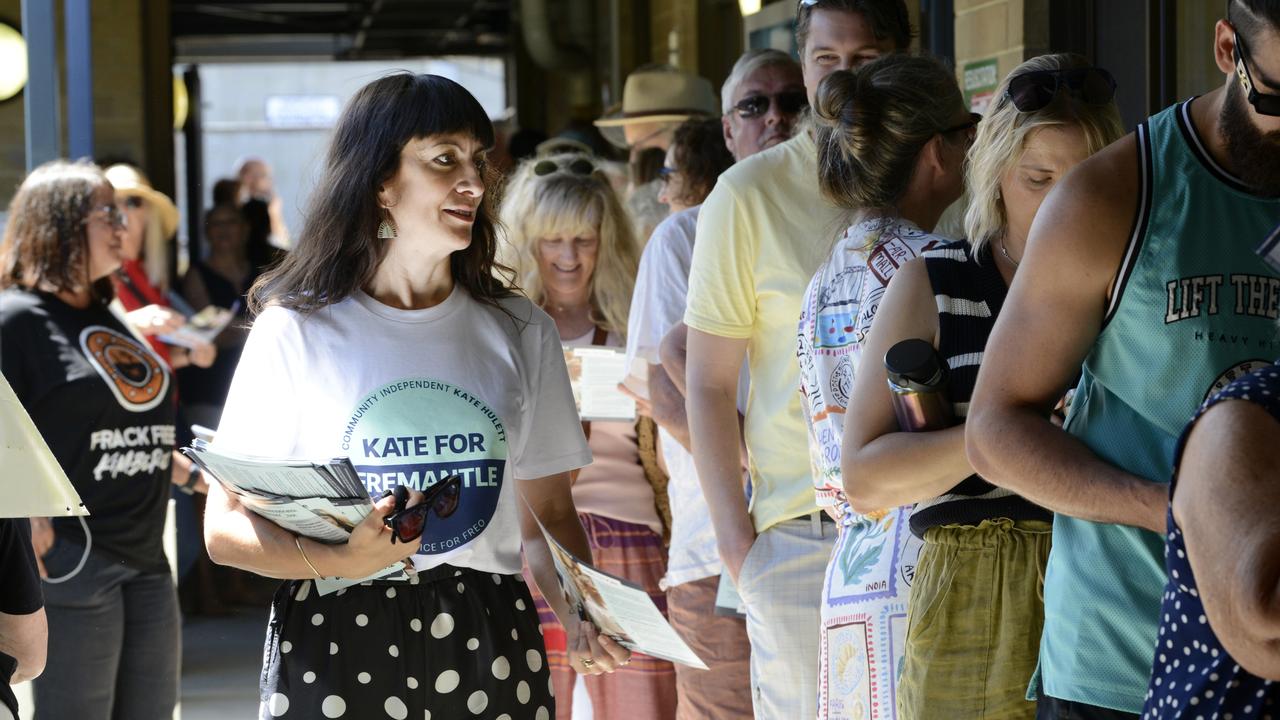Tasmania casts doubt on undersea cable in blow to energy transition
Tasmania’s Premier has cast doubt on a transmission link that the country’s energy market operator says is vital for Australia’s green energy transition.

The cost of building undersea cables to carry renewable energy between Tasmania and the mainland has blown out, the state’s Premier has said, casting doubt on a transmission link that the country’s energy market operator says is vital for Australia’s energy transition.
The Marinus Link undersea power cable project, which would see the construction of two 750MW undersea cables between Tasmania’s northwest and Victoria’s Latrobe Valley, were scheduled to be partially operational by 2028-29 and complete by 2031.
The project was initially estimated to cost between $3.1bn and $3.8bn, but Premier Jeremy Rockliff said the Tasmanian government had now been advised of a “material and a significant increase”, and there was a limit to how much the state would be able to stump up.
“The right price does not mean any price,” Mr Rockliff said.
“There is a line in the sand that Tasmania cannot afford to cross, and I will not be crossing it.”

Mr Rockliff declined to specify how much the project was projected to cost, but former Tasmanian senator and former Greens leader Christine Milne said the project cost had swelled to $5bn.
Under existing funding arrangements, the Marinus Link would be majority funded, 80 per cent, by the Rewiring the Nation budget. The remaining cost would be evenly split between Tasmania, Victoria and the commonwealth.
If the comments from Mr Rockliff are not a negotiating tactic, the future of Marinus Link appears gloomy.
Without the Marinus Link, cheap renewable energy from Victoria and Tasmania could not be transmitted between the two. The project is also a catalyst for mega projects in Tasmania materialising. The state already runs predominantly on renewable energy, but the interconnector could increase the attractiveness of new projects that could service Victoria, which is still heavily reliant on fossil fuels.
Marinus Link is one of five priority projects on which the Australian Energy Market Operator has called for urgent work to begin, amid growing concern that the country is falling well behind on its transition target.
Australia has set a target of having renewable energy provide more than 80 per cent of the country’s electricity by 2030, but many developments remain stunted by a lack of transmission.

About 10,000km of new lines must be built before 2030, yet that has been hampered by funding constraints and community opposition.
In a bid to break the deadlock, Victoria and NSW have offered landowners affected by new transmission lines $200,000 for every kilometre of their land crossed by a major infrastructure project.
Queensland has gone even further. The state government in May said it would offer landowners who agreed to allow high-voltage transmission cables across their properties an average $300,000 per kilometre.
The lack of transmission means developers are holding off on committing to new projects.
Should the Marinus Link not materialise, it would stoke further concerns about Australia’s firmed storage capacity.
Yet while the nation is making slow progress in building new solar and onshore wind developments, the pace is even worse for pumped hydro and batteries.
Tasmania is one of few Australian states and territories with the capacity to increase pumped hydro capacity, which would use renewable energy during low demand periods to pump water uphill.
During high demand periods or when the sun is not shining or the wind is not blowing, water could be released downhill to drive turbines and generate electricity.






To join the conversation, please log in. Don't have an account? Register
Join the conversation, you are commenting as Logout